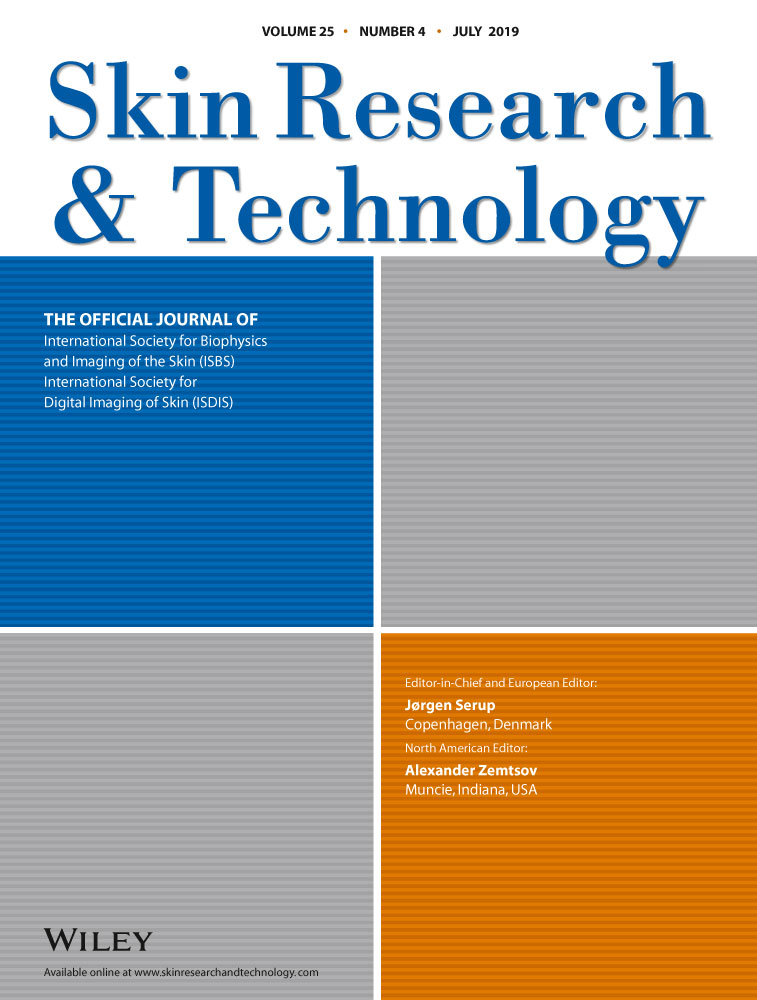Identification of a closed cutaneous injury after mechanical trauma caused by collision
This research was supported by the Ministry of Trade, Industry & Energy, Republic of Korea, through the Industry Convergence Program Project No:10051117.
Abstract
Purpose
Robotics has evolved rapidly in terms of mechanical design and control in the past few years. Collaborative robots that have direct contact with humans are being introduced in various fields, including industrial and medical services. Because collaborative robot systems are being introduced rapidly, the safety of the humans who work with them is becoming an important issue. In this study, we investigated skin injuries resulting from a collision between robots and humans using a freefall experiment system.
Methods
We particularly focused on closed skin injuries caused by a collision. To induce a closed injury, we struck mini-pigs with cubic-edge square and semi-sphere impactors at collision speeds of 1 and 3 m/s. We did not observe any open injuries with those conditions. Closed injuries were observed in the dermal layer of the skin after the collision test at both speeds and with both impactors.
Results
The collagen fiber in the dermal layer was separated and fragmented, and the subcutaneous fat layer became dense as a result of the collision.
Conclusions
We closely observed and analyzed the histopathologic changes in the dermal and subcutaneous layers with intact epidermis after mechanical trauma to the inner skin layers.
CONFLICT OF INTEREST
None declared.




